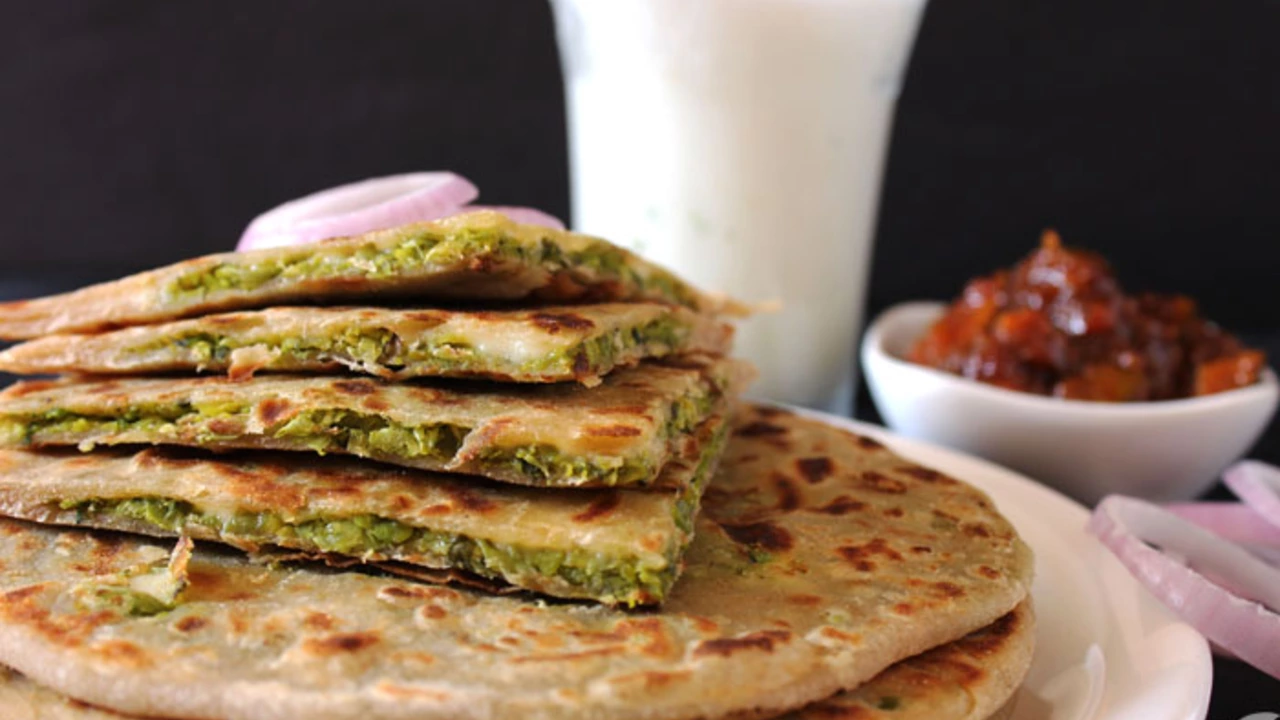
Introduction to Paratha and Tortilla
As a food enthusiast, I've always been intrigued by the diversity and uniqueness of dishes across different cultures. Two such fascinating flatbreads that have caught my attention are the Indian Paratha and the Mexican Tortilla. They may seem similar at first glance, but they are distinctly different. In this article, I will delve into the differences between these two delicacies.
What is a Paratha?
Originating from the Indian subcontinent, a Paratha is a type of flatbread that is an integral part of Indian cuisine. It is made using wheat flour, ghee (clarified butter) or oil, and water. The dough is carefully kneaded and then rolled out into a circular shape before it is cooked on a flat pan, also known as a 'tava'. Parathas can be enjoyed plain or stuffed with various fillings like potato, paneer (cottage cheese), or spinach.
The Making of a Paratha
What makes a Paratha stand out is its unique preparation process. The dough is often rolled out, folded, and then rolled out again, giving it a layered or flaky texture. It is then cooked on a hot tava and frequently basted with ghee or oil to give it a crispy and golden finish. This process, while time-consuming, is what gives the Paratha its unique and delicious flavor.
What is a Tortilla?
Moving across the globe to Mexico, let's talk about the Tortilla. This is another type of flatbread, made largely from cornmeal or flour, water, and salt. It's a staple in Mexican cuisine and has a more neutral flavor compared to a Paratha. It serves as a blank canvas of sorts, often wrapped around or served alongside a variety of fillings and toppings, forming famous dishes like tacos, burritos, and enchiladas.
The Making of a Tortilla
The process of making a Tortilla is quite different from that of a Paratha. The dough, also known as 'masa', is rolled out into thin, flat circles and then cooked on a hot griddle or 'comal'. Unlike the Paratha, Tortillas are not layered or flaky and contain no fat like oil or ghee in the dough. They are usually thin, soft, and flexible, perfect for wrapping around fillings.
Comparing Ingredients of Paratha and Tortilla
When it comes to ingredients, both Parathas and Tortillas are simple and straightforward, but with key differences. Parathas are made with wheat flour and often contain ghee or oil, which adds to their rich and flavorful taste. On the other hand, Tortillas are made with either cornmeal or flour and do not contain any fat in the dough, making them more neutral in taste.
Differences in Serving Styles
Another distinct difference between Parathas and Tortillas lies in the way they are served. Parathas can be enjoyed on their own or with a variety of Indian dishes, while Tortillas are usually not eaten on their own and are typically used as a wrap for other ingredients, forming part of a larger dish. Furthermore, Parathas can be stuffed with fillings, while Tortillas are usually not.
Nutritional Differences
Nutritionally, there are also significant differences between the two. Generally, Parathas, due to the presence of ghee or oil, are higher in calories and fat compared to Tortillas. Tortillas, particularly those made from whole grains or corn, are typically lower in fat and calories and can be a good source of fiber as well.
Conclusion: Celebrating Culinary Diversity
In conclusion, while Parathas and Tortillas may both be types of flatbreads, they are distinctly unique in their preparation, ingredients, serving styles, and nutritional content. They beautifully represent the diversity and richness of their respective cultures, bringing people together through their universally relatable and delicious nature. Whether you're enjoying a spicy stuffed Paratha or a flavorful taco wrapped in a soft Tortilla, remember to celebrate the culinary diversity that brings us such delightful dishes.

Write a comment